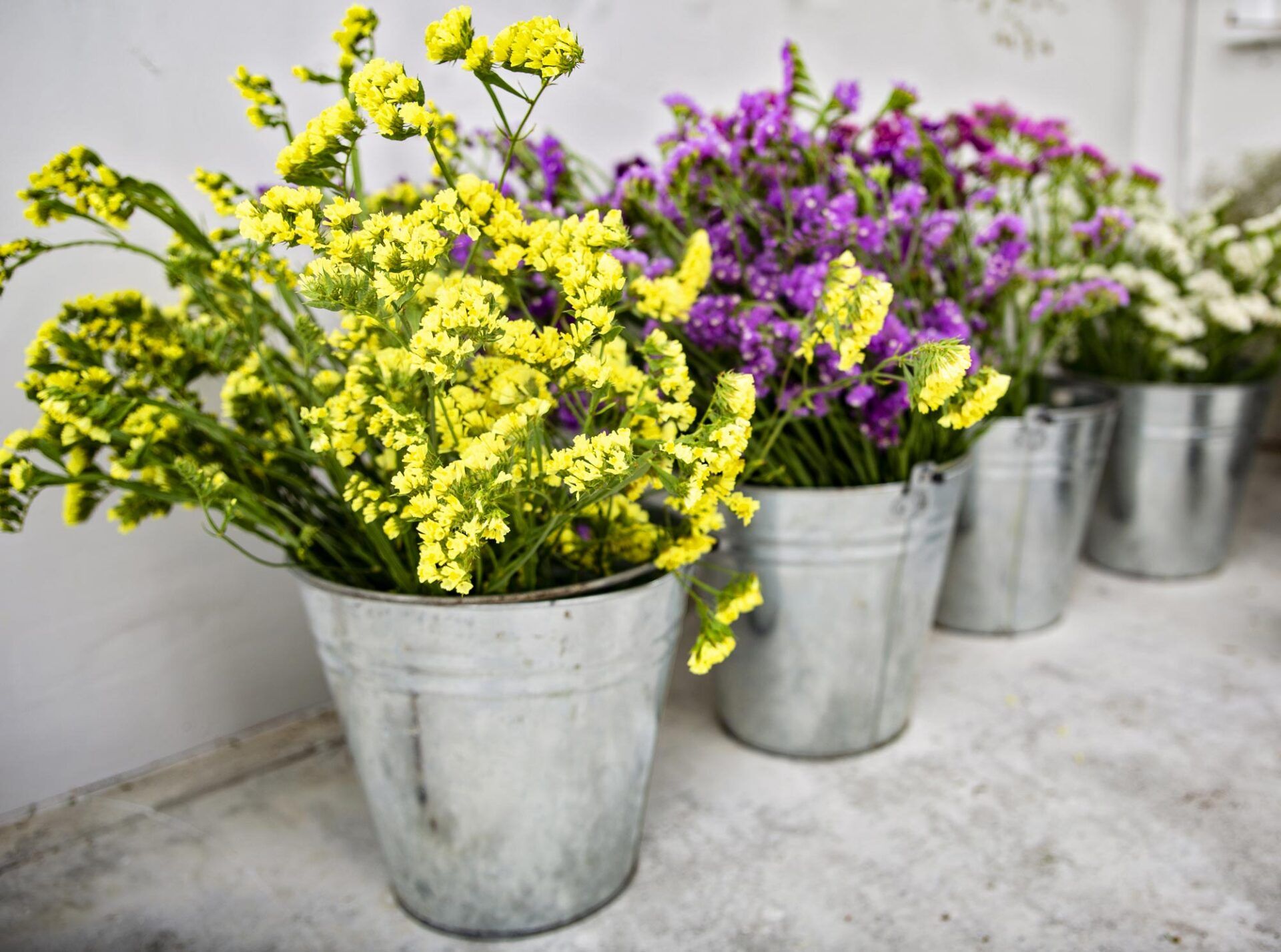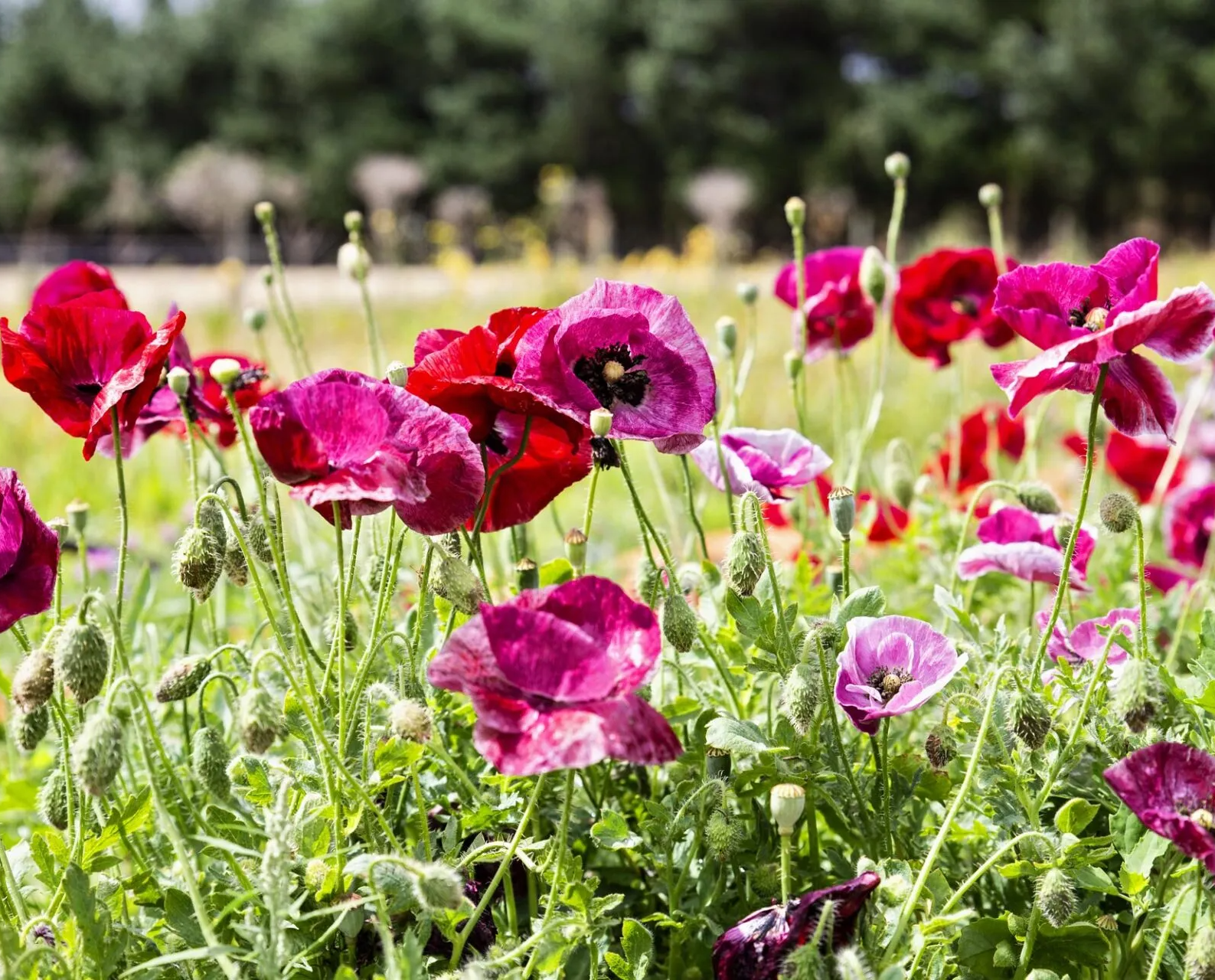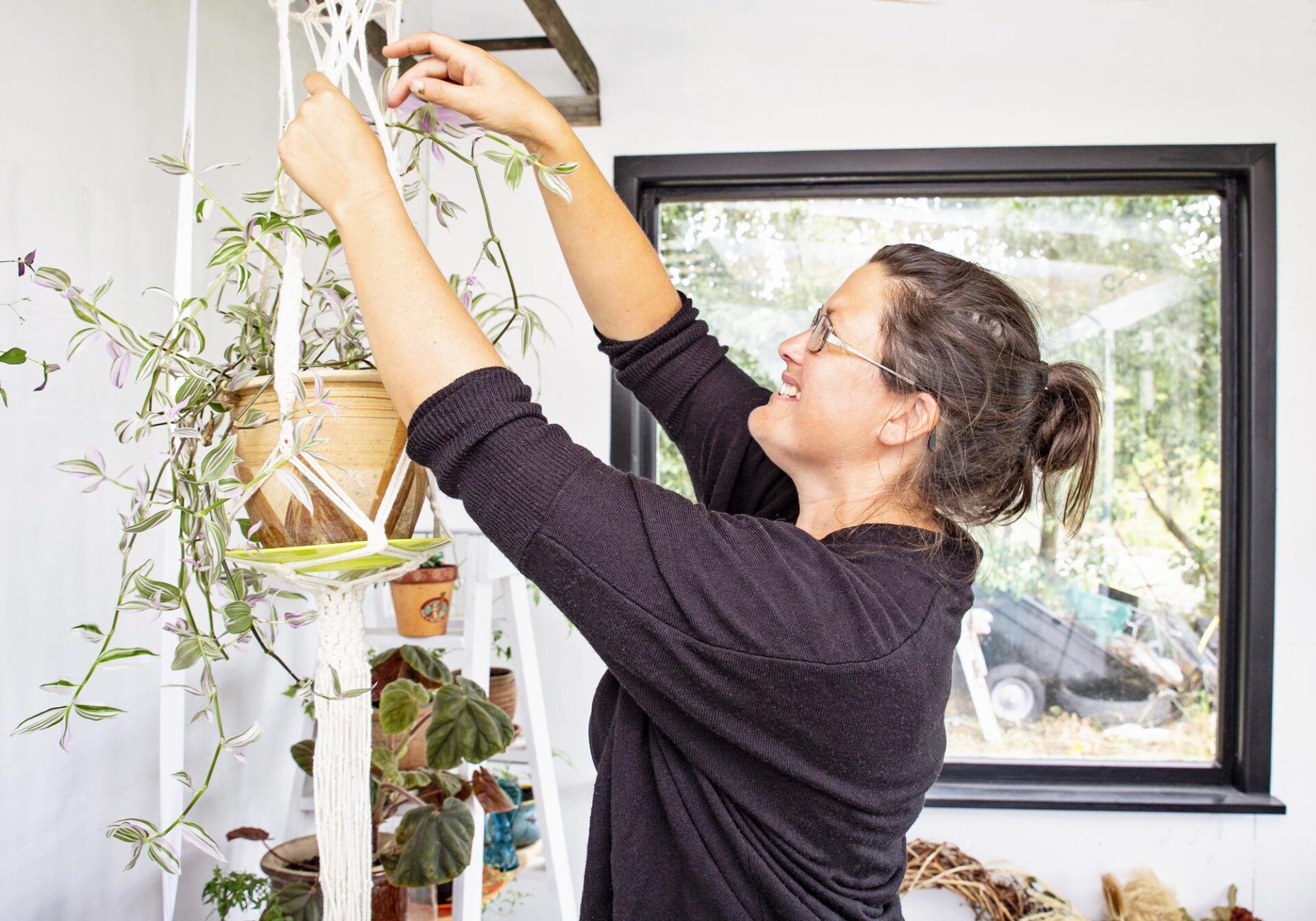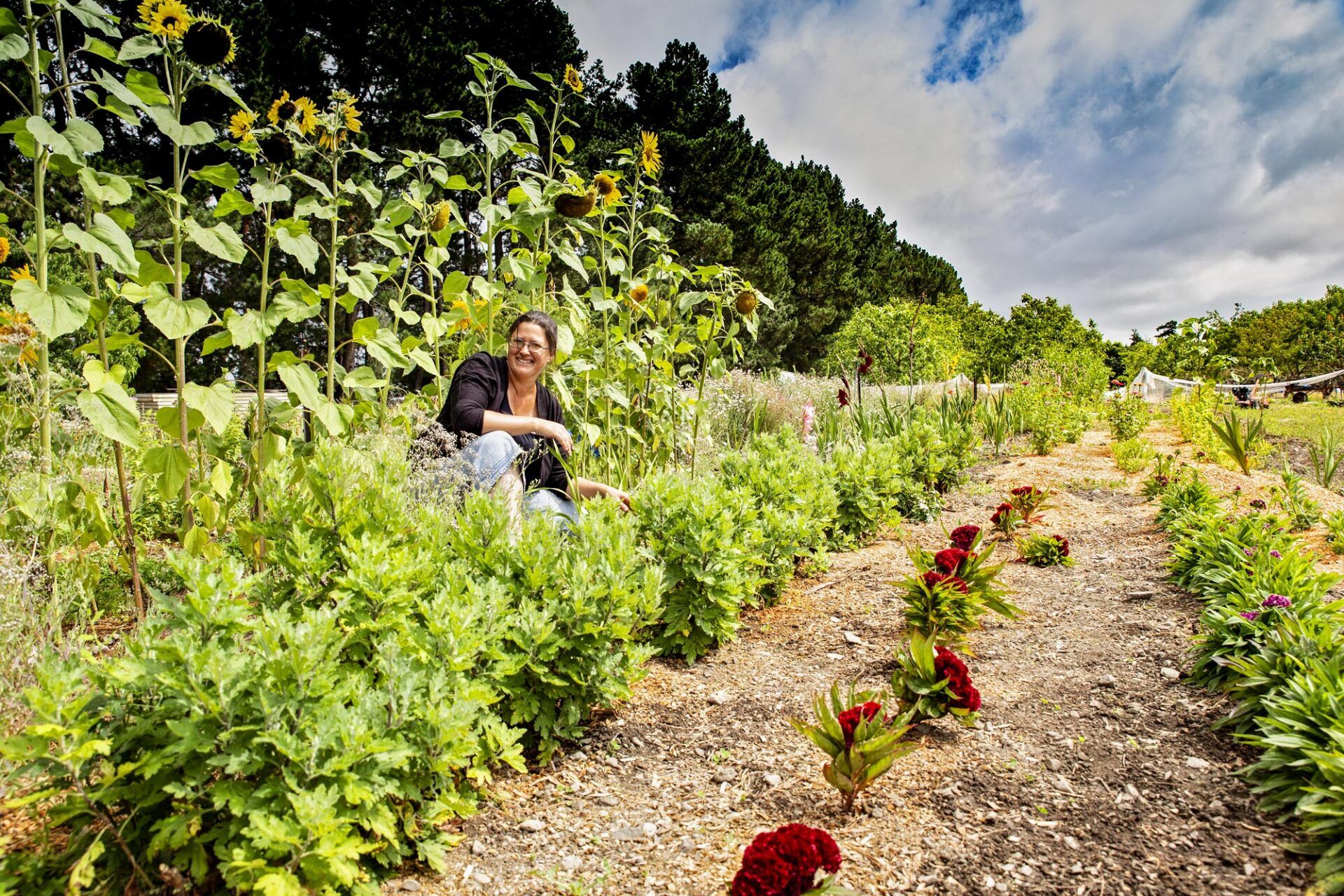Surrounded by Broomfield’s stony farmland is a property that grows a surprising array of colourful blooms, creating a scene reminiscent of an impressionist painting.
To visit Helen Butler’s flower farm feels like stumbling upon a secret garden. ‘Beyond the Bloom’ has a sense of untamed magic that makes it so much more than just another commercial garden. It is best described as a rustic paradise: floriculture at its wild and whimsical best. Poppies and sunflowers stretch towards the sun in rows, with pansies, violets and an endless array of wildflowers bursting into vibrant colour in between. Bees dart from flower to flower, and a Kombi van and ancient bus patiently await restoration with a quirky gypsy charm – part of a list of projects and dreams Helen is slowly but steadily bringing to fruition. The whole farm is a beautiful Bohemian dream, with its roots firmly in permaculture principles and a reflection of Helen’s taste for the rustic and simple beauty of nature.
Helen’s father bought the four-and-a-half-hectare property in 2001, when Helen was a teenager, prompting the family’s return to commercial growing as they propagated calla lilies for the export market. A third-generation grower, Helen’s earliest childhood memories were on her family rose farm in Opawa, before her parents took a break from floriculture to run a rest home in Christchurch.
For Helen, growing was always an essential part of her life, a passion that became a business of her own 10 years ago. That business has gradually evolved into Beyond the Bloom, encompassing Helen’s passion for growing flowers with her creative flair for floristry and event design.
Helen and her husband Scott bought the Broomfield property from Helen’s father in 2018, giving the business room to expand and opening the doors to a diverse range of potential opportunities. ‘I have a real connection to our land as my dad bought it as a bare block, and each and every tree was planted by him or us, and that’s pretty darn special. I have always loved growing things. That tiny seed emerging from the soil feels magical every time,’ Helen says. ‘My biggest dream is to have a wedding venue on-site, but we are nearly ready to tick a smaller one on the list: to open for garden tours. My husband is a builder and my biggest support, not even calling some of my hair-brained ideas crazy, although I still haven’t convinced him to eat any edible flowers!’
The couple lives on the property, with the entire family involved in the business in varying degrees, much like Helen’s own hands-on childhood. Three-year-old son Jamison is Helen’s constant companion as she tends the flowers and picks blooms for markets, while 19-year-old daughter Olivia often visits, helping at busy times, continuing a green-thumbed family tradition. ‘My father and grandfather were keen growers and my mother also had a pretty good garden,’ she explains. ‘Being in the garden somehow soothes the soul. Being able to head out and pick fruit and veges has always been pretty high as a need for me. As a solo mum years ago, it really got us through.’
As well as growing flowers, Helen creates beautiful floral bouquets which she sells at markets and custom creations for brides and events. Her style of floristry is simple and unpretentious, honouring the natural beauty of the flowers. A style that is popular as brides look to boho-themed weddings as a less contrived approach to their special day.
‘I really feel honoured to be able to do floral work,’ she shares. ‘I am self-taught, with a few wonderful florists giving me some of the more technical tips. I am a book fiend, so have a lot of reference books! My style is very country-rustic. I love big shape and colour.’ The wedding floristry business has led to an unexpected side hustle of event styling and hire, with Helen curating pieces that are upcycled, with a vintage charm that fits well with her floristry style and the farm ethos. ‘We are often asked about vases for tables and the like [which is how] the hiring side of the business blossomed,’ Helen explains. ‘We now have all kinds of things: benches, frames, glassware. We had to purpose-build a space to house most of it, with a wee overflow to my husband’s space that needs rectifying!’ she laughs. ‘Again, country-rustic is very much my favourite style, sometimes with a hint to the ’70s. I have made many of the pieces, and sometimes upcycled things from past weddings, and added my own spin.’
Helen’s foray into edible flowers was also a result of an offshoot of her wedding floristry business, after continued requests from brides for edible flowers for wedding cakes. Helen offers both dried and fresh edible flowers, which provide not only a decorative element for cakes, but also a burst of taste and colour to salads and savoury snacks. ‘Personally, I am a fan of the dried nasturtiums sprinkled over a hummus-spread cracker. That lovely peppery hit takes it up a notch, and it’s easy to keep on hand for colour, even through winter.’
Permaculture is at the heart of Beyond the Bloom, with a holistic and sustainable approach, not just the floriculture process itself, but the whole philosophy of the business.
Permaculture (known initially as Permanent Culture) was a term coined by Bill Mollison and David Holmgren in Australia in the 1970s. It promotes a synergetic farming system, working in harmony with natural ecosystems, but has broadened to encompass a less consumeristic, low waste, sustainable way of living that will last for future generations. Much like regenerative farming, permaculture provides a method for the horticulture industry to farm in a less intensive, more environmentally responsible way. ‘I love permaculture because we work with Mother Nature. The biggest challenges are weather-related. The wind and extreme heat are not friends of flowers. We store water when it rains, and we mulch the soil to hold in the moisture. We do not use pesticides, and opt for beneficial bugs instead. Weeds are not waste, they are next year’s compost.
‘It’s not always easy – we have made a lot of mistakes along the way, but we learn, adapt, and get better.’
Recent stories
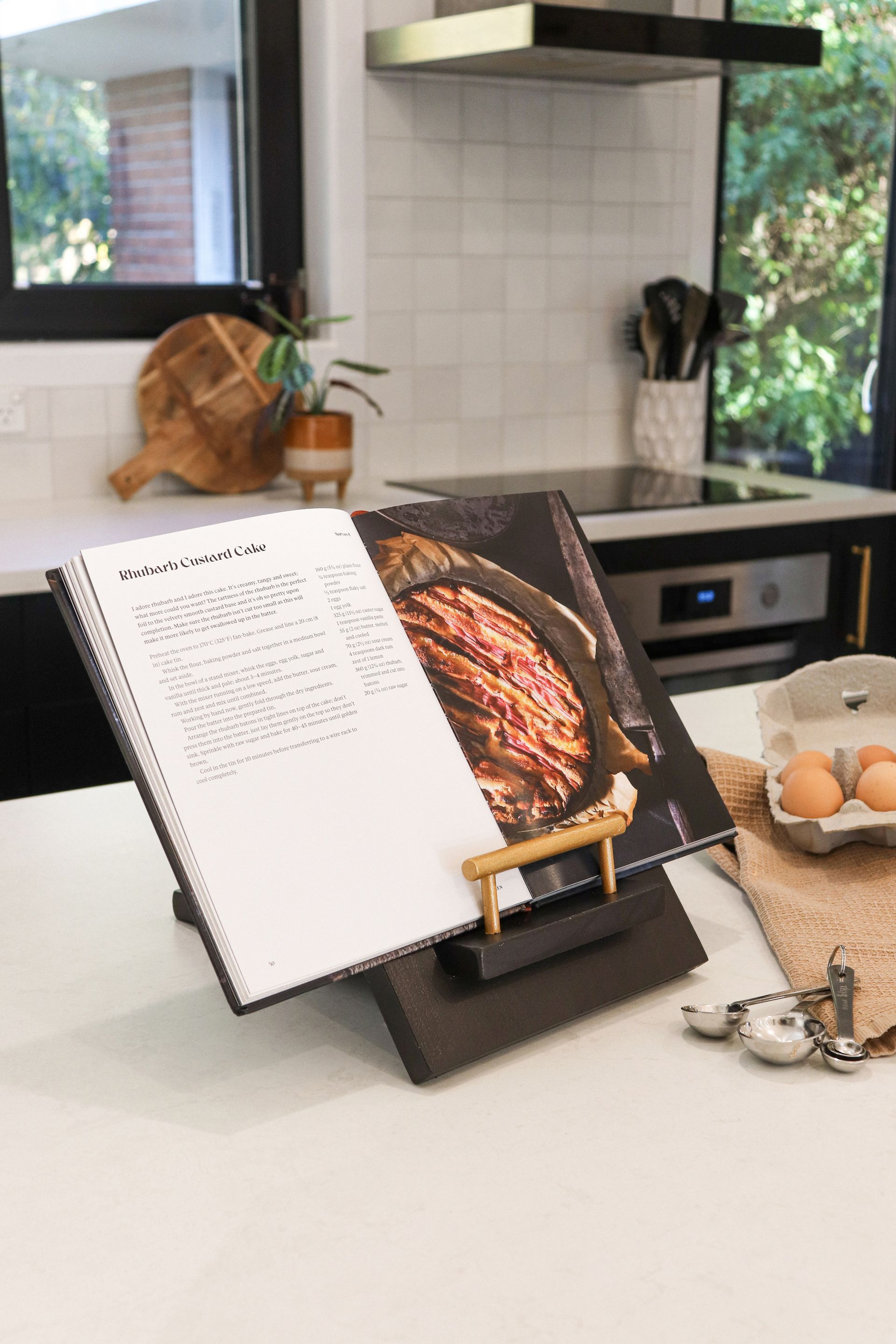
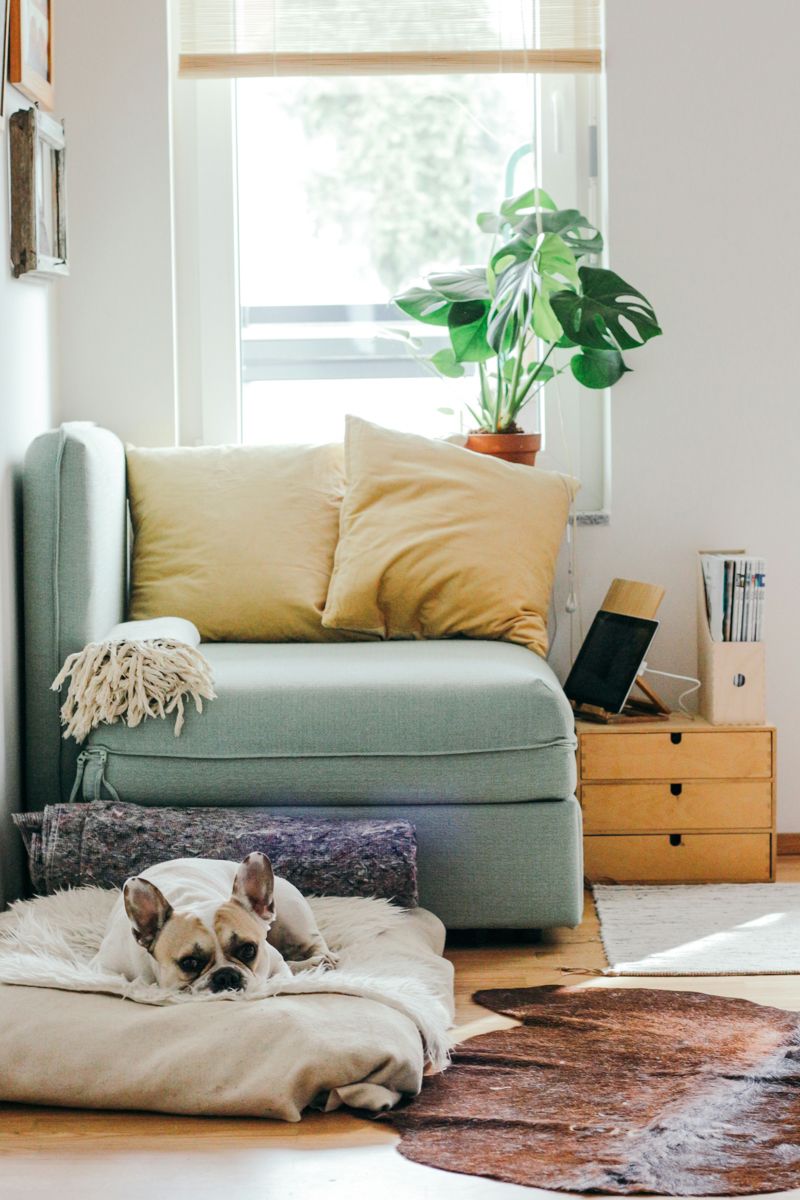

All Rights Reserved | CountryWide Media

